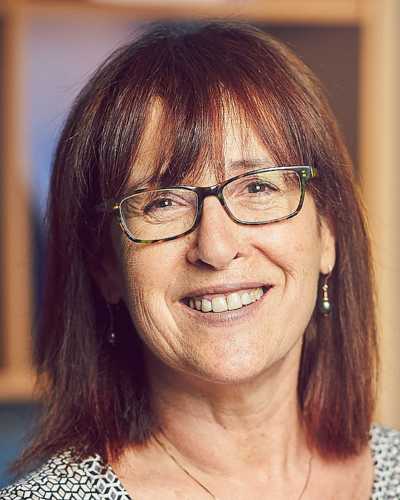Article type: Original Research
12 December 2019
Volume 45 Issue 1
Article type: Original Research
12 December 2019
Volume 45 Issue 1
![]() Ultra-orthodox Jewish communities and child sexual abuse: A case study of the Australian Royal Commission and its implications for faith-based communities
Ultra-orthodox Jewish communities and child sexual abuse: A case study of the Australian Royal Commission and its implications for faith-based communities
Affiliations
1 Monash University, Melbourne, Australia
Correspondence
*Prof Philip Mendes
Contributions
Philip Mendes -
Marcia Pinskier -
Samone McCurdy -
Rachel Averbukh -
Philip Mendes1 *
Marcia Pinskier1
Samone McCurdy1
Rachel Averbukh1
Affiliations
1 Monash University, Melbourne, Australia
Correspondence
*Prof Philip Mendes
CITATION: Mendes P., Pinskier M., McCurdy S., & Averbukh R. (2019). Ultra-orthodox Jewish communities and child sexual abuse: A case study of the Australian Royal Commission and its implications for faith-based communities. Children Australia, 45(1), 2195. doi.org/10.1017/cha.2019.44
Abstract
To date, little is known about manifestations of child sexual abuse (CSA) within ultra-orthodox Jewish communities both in Australia and abroad. There is a paucity of empirical studies on the prevalence of CSA within Jewish communities, and little information on the responses of Jewish community organisations, or the experiences of Jewish CSA survivors and their families. This paper draws on a case study of two ultra-orthodox Jewish organisations from the recent Australian Royal Commission into Institutional Responses to Child Sexual Abuse to examine the religious and cultural factors that may inform Jewish communal responses to CSA. Attention is drawn to factors that render ultra-orthodox communities vulnerable to large-scale CSA, religious laws and beliefs that may influence the reporting of abuse to secular authorities, and the communal structures that may lead to victims rather than offenders being subjected to personal attacks and exclusion from the community. Commonalities are identified between ultra-orthodox Jews and other faith-based communities, and reforms suggested to improve child safety across religious groups.





